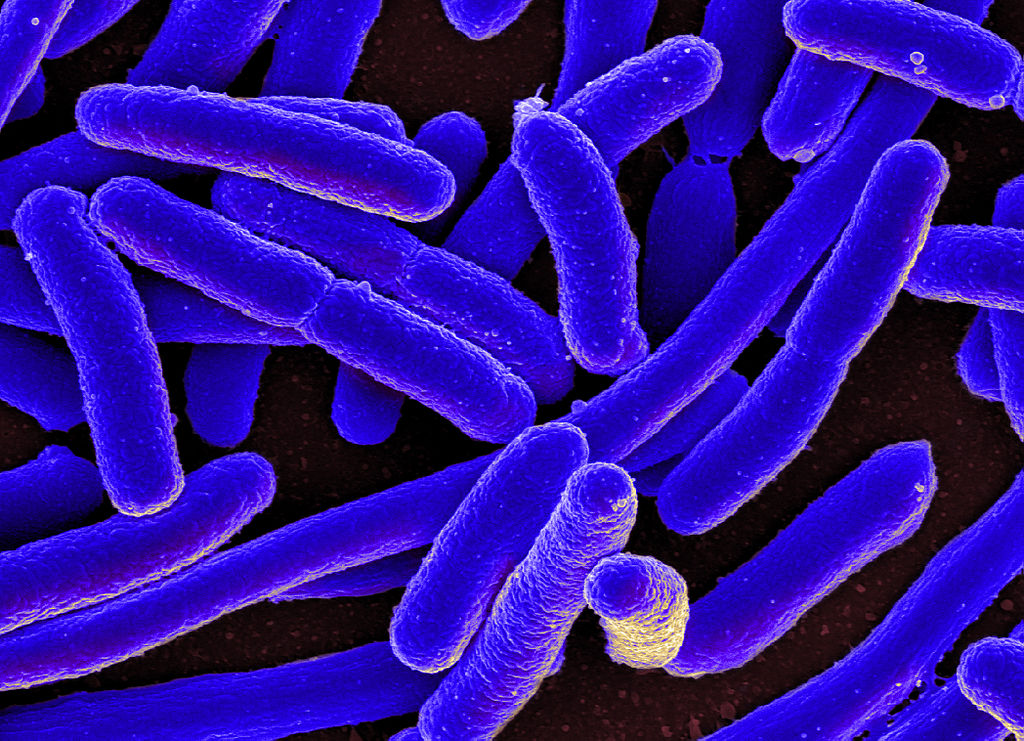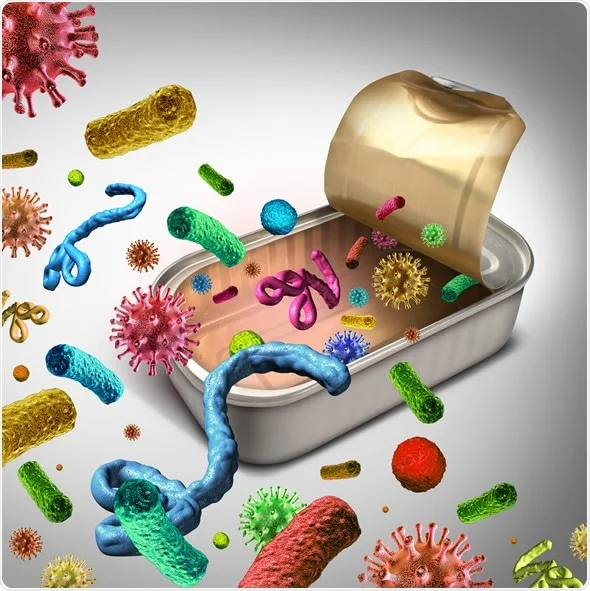Colon cancer cases are spiking among young adults — and new research suggests the cause might be lurking in one of the healthiest foods you eat: lettuce.
Recent studies have uncovered a troubling link between contaminated salad ingredients and the alarming increase in colon cancer rates for people under 50.
If you thought salads were always safe, this latest discovery will make you think twice.
The Silent Threat: A Rare Strain of E. coli

A study from the UK has identified a dangerous culprit behind the scenes: a rare strain of E. coli known as non-O157 Shiga toxin-producing E. coli (STEC).
Unlike more familiar forms of E. coli, this strain carries a hidden weapon — a toxin called colibactin, now linked to the development of colon cancer.
Infections from non-O157 STEC have skyrocketed. Data from the UK Health Security Agency shows cases leaped from 297 in 2016 to a staggering 2,341 in 2023. Over seven years, 9,311 people were affected, including:
- 840 hospitalizations
- 173 cases of hemolytic uremic syndrome (HUS), a life-threatening kidney condition
- Nine deaths
These numbers are not just statistics — they are a wake-up call.
Contaminated Lettuce: How It Happens
You might wonder, how does lettuce become a carrier of such a dangerous bacteria?
Researchers found that ready-to-eat foods — including bagged salads, pre-cut fruits, and sandwiches — are perfect environments for bacteria to thrive.
In one 2023 outbreak, over 280 cases and two deaths were traced back to pre-packaged sandwiches with contaminated lettuce.
Video : Research connects colon cancer rates to childhood toxin exposure
Lettuce, in particular, is vulnerable. Its uneven surface and tendency to trap moisture make it easy for bacteria to hide and hard for simple rinsing to completely remove contamination.
When you eat it raw, without thorough cooking to kill bacteria, you might unknowingly expose yourself to serious health risks.
Colibactin: The Hidden Danger Inside E. coli
What makes this situation even more concerning is the discovery of colibactin.
A study published in Nature analyzed the DNA of 981 colon cancer tumors across patients younger than 40 and those over 70. The shocking finding? Tumors in younger individuals were three times more likely to contain traces of colibactin.
This suggests that young people infected with certain E. coli strains may be unknowingly setting the stage for cancer development years before symptoms appear.
Although more research is needed, the evidence points toward contaminated food — particularly salad greens like lettuce — playing a bigger role in cancer risk than previously thought.
Scientists Call for More Research and Vigilance
Researchers describe the current studies as strong but emphasize that long-term studies are essential to fully understand the connection.
They are particularly interested in learning how early-life exposure to colibactin-producing bacteria may influence cancer risk decades later.

There is also growing concern about how E. coli strains evolve and whether modern farming, food processing, and environmental changes contribute to the bacteria’s spread.
Colon Cancer: A Growing Health Crisis Among the Young
Colon cancer was once considered a disease for older adults.
Today, it’s becoming disturbingly common among people under 50.
In fact, colon cancer is now the fourth most common cancer in the UK and US, with:
- Over 44,000 cases annually in the UK
- About 142,000 cases annually in the US
Many cases are preventable through lifestyle changes, but contaminated food sources add a new layer of risk that individuals can’t control simply through better habits.
Know the Warning Signs Before It’s Too Late
Awareness saves lives.
If you notice any of these symptoms, do not delay consulting a healthcare professional:
- Changes in bowel habits (diarrhea, constipation, or urgency)
- Blood in stool
- Abdominal pain, bloating, or cramps
- Unexplained fatigue
- Unintended weight loss
- Feeling of incomplete bowel movements
- Noticeable lumps or masses in the abdomen
Early detection dramatically improves survival rates.
Recent Outbreaks and Food Warnings

Following recent outbreaks, authorities issued urgent “Do Not Eat” warnings covering more than 60 types of sandwiches, wraps, and salads sold at major supermarket chains.
The outbreak resulted in:
- Nearly 300 illnesses
- Two deaths
- Nine serious HUS cases
This highlights how quickly contaminated food can trigger widespread health emergencies.
Understanding How STEC Spreads
You don’t need to work on a farm to be at risk.
STEC can spread through:
- Eating undercooked or contaminated food
- Contact with infected animals or their environment
- Close contact with infected people
- Swimming in or drinking contaminated water
Even small lapses in hygiene or food preparation can have big consequences.
Simple Steps to Protect Yourself
While more research is underway, there are things you can do right now to lower your risk:
- Wash produce thoroughly under running water, even pre-washed salads
- Cook meat thoroughly to safe temperatures
- Practice good kitchen hygiene — avoid cross-contamination
- Pay attention to food recalls and avoid recalled items immediately
- Stay informed about outbreaks and public health warnings
And most importantly, listen to your body.
Early symptoms should never be ignored.
Video : Doctors warn of rise in colon cancer among young adults
Conclusion: Knowledge Is Your Best Defense
The rise of colon cancer among young adults linked to contaminated lettuce is a serious concern — but knowledge is power.
By staying informed, making smart choices, and spreading awareness, you can protect yourself and others from unnecessary risks.
Small steps like washing your greens, cooking your meals properly, and getting regular health screenings might just save your life.
Stay sharp. Stay safe. Stay healthy.


